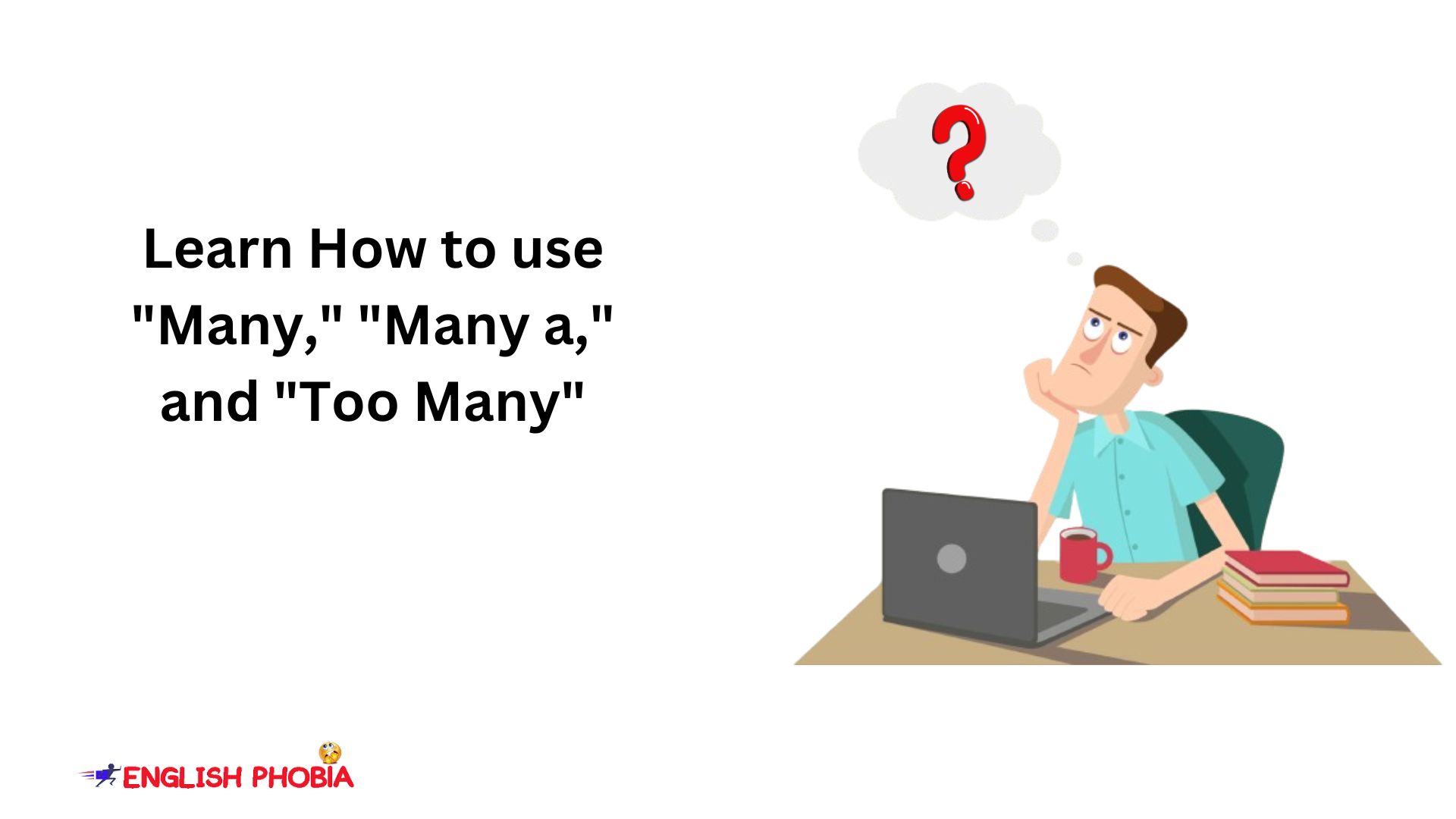Learning English grammar can be a challenging task, but understanding the rules and being able to apply them will make communication more effective. One important aspect of English grammar is the present perfect tense.
In this blog post, we will explain the rules of the present perfect tense and provide examples to help you better understand this essential grammar concept.
Present Perfect Tense Definition
We use the present perfect tense definition to describe actions or events that have occurred in the past but are still relevant to the present. This tense indicates a connection between the past and the present. It often highlights experience, change, or the completion of an action.
Let’s look at present perfect tense sentences. For example,
My friend has joined this company.
They have already learned English and German.
Formation of Present Perfect Tense
We form present perfect tense rules by adding the two auxiliary verbs “have” or “has”. We always use the past participle of the main verb V3. The past participle is usually formed by adding “-ed” to the base form of regular verbs, while irregular verbs have their unique past participle forms.
Using “Have” and “Has” in Present Perfect Tense
The choice between “have” and “has” depends on the subject of the sentence.
Have: –I, we, you, they, and plural subjects (people, teachers, etc.)
Has: – She, he, it, and singular subjects (Doctor, friend, language, etc.)
Affirmative Sentence
Subject + have/has + past participle of the verb (V3)
1) Roma has already watched this movie.
2) Kamal and his friends have bought a new bus.
Regular Verbs in Present Perfect Tense
For regular verbs, simply add “-ed” to the base form of the verb to create the past participle. For example, the past participle of the verb “work” is “worked.”
Irregular Verbs in Present Perfect Tense
Irregular verbs have unique past participle forms that must be memorized. Some common examples include “eaten” (from “eat”), “driven” (from”drive”), and “written” (from “write”).
Present Perfect Negative Sentences
To form a present perfect negative sentence, add “not” after “have” or “has.”
Subject + have/has + Not + past participle of the verb (V3)
Let’s have an example of the present perfect negative sentence,
1) Rakesh and his brother have not finished their homework yet.
Present Perfect Tense in Questions
To form a present perfect question, simply switch the positions of the subject and the auxiliary verb “have” or “has.”
W.F.H + Have / Has + Subject + V3?
For example,
1) Have you seen my keys?
2) Has she finished her project?
3) Why has the company fired my best friend?
When to Use the Present Perfect Tense
As mentioned earlier, the present perfect tense is used to describe an action that happened at an unspecified time in the past or a past action with a connection to the present.
Here are some situations where you would use the present perfect sentences:
1) To talk about experiences: “I have visited Paris.”
2) To talk about actions that started in the past and continue up to the present: “She has worked at the company for five years.”
3) To talk about actions that happened at an unspecified time in the past: “He has studied Spanish.”
4) To talk about actions that have just recently happened: “We have just finished dinner.”
Examples of Present Perfect Tense in Various Contexts
Let’s look at some present perfect tense examples in different contexts to help you better understand its usage.
Experience
I have traveled to five different countries.
Omkar has taught for around ten years.
Change
The weather has become colder since this morning.
He has gained a lot of experience in his job.
Completion
We have finished our project on time.
They have cleaned the entire house.
Common Mistakes to Avoid
Even though the present perfect tense can be tricky, there are some common mistakes that you can avoid. Here are some examples:
1) Don’t use the present perfect tense for past actions that have a specific time:
I have watched a movie last night. (Incorrect)
I watched a movie last night (Correct)
2) Don’t use the present perfect tense for past actions that are not connected to the present:
She has visited London in 2010. (Incorrect)
She visited London in 2010. (Correct)
3) Don’t use the present perfect tense when the time period is finished:
I have lived in New York for ten years. (Incorrect)
I lived in New York for ten years. (Correct)
Conclusion
Understanding the present perfect tense and how to use it correctly will greatly improve your English communication skills. By knowing the rules and practicing with examples, you will be able to confidently use this important tense in various contexts.
Remember that the present perfect tense is used to describe actions or events that have occurred in the past but are still relevant to the present, and always pay attention to the subject of the sentence when choosing between “have” and “has.”
Keep practicing, and you’ll master the present perfect tense in no time!











